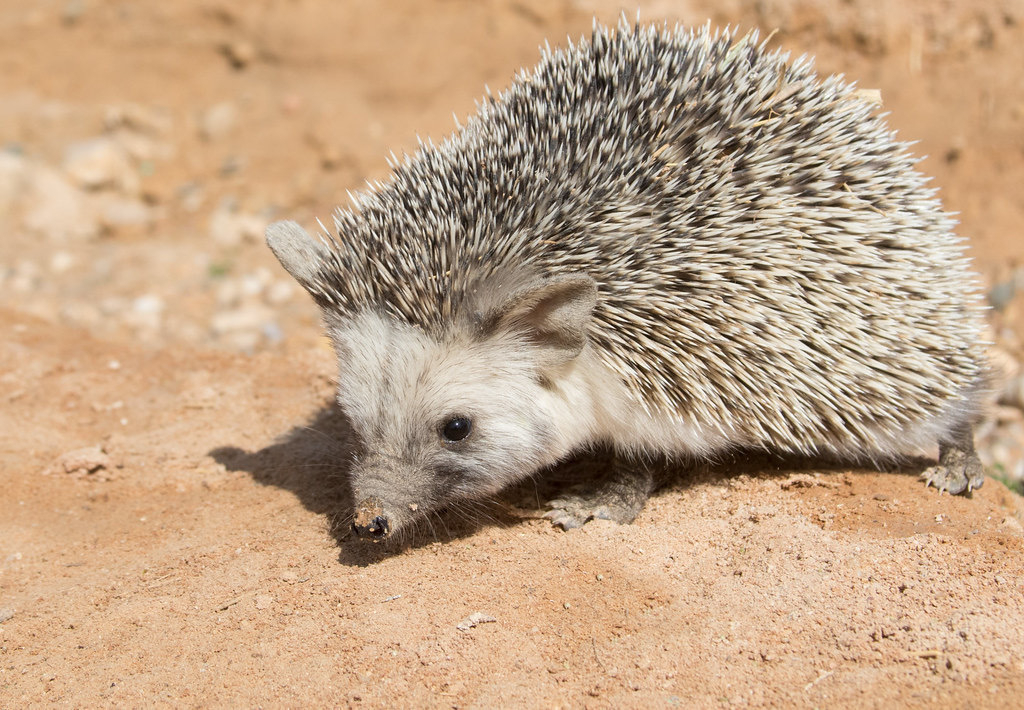Fly scientists have a good sense of humor. When naming genes, they have way more creativity than scientists working with mammals. Our (human) genes are named p53, RAS, CELSR, FGF, etc. All acronyms that define the function of the product. But fly people are fun.
Fly scientists name genes things like hedgehog, wingless, frizzled, forked, curly… All names that, let’s be honest, help us less to know the gene’s function, but make research way more amusing. Many of the names are not even related to the function, but they just thought it could be fun (spätzle, always making me hungry). This is going to be the first of a series, where I plan to introduce on every post a gene (or group of related genes) that might be amusing to know, and, if I know it, a brief explanation about the naming, either the history of it or the reason the name was given. Some will be funnier, some just interesting. So, let’s start!
Naming genes after the phenotype
When a gene is lost or mutated in a way that it can’t produce the protein it codes, it might cause a visible effect. This is called phenotype, the visualization of the effect of a gene or, in this case, lack of gene (plus the added effect of the environment, but let’s simplify for now). Some of these phenotypes are easy to see in adults, and we use them to select certain flies. Those are called body markers and affect the color and shape of their body and eyes, the number and length of hairs, or the shape and size of some of the fly appendages, mainly their wings. Many of these mutations, however, are lethal, so the effect is only seen in the early stages of development, i.e. embryos. As we can work with fly embryos, but not human embryos (luckily we have ethical rules that forbid this), many of these phenotypes have been only seen in fly embryos, and therefore we historically had the upper hand in finding weird, funny, or simply an exciting word to describe that gene. As I will highlight over this series, most of the genes are named after the phenotype they cause when they’re lost, so usually the name is inverse to the main function the gene has, making them kind of confusing if you don’t know that. An example to demonstrate this is the gene white. Flies that lack this gene have white eyes. The gene is involved in a series of cellular functions that help give the fly eye its characteristic red color, but it’s instead named white. So the white gene makes red-colored eyes, and when the white gene is lost, the eyes are white. Neat, isn’t it?
The first one goes for the mammal team
Before I jump into the series of fly genes, I thought I’d be fair and give one point to the mammal team. If Christiane Nüsslein-Volhard thought it’d be funny to name a gene hedgehog, because the loss of the gene caused fly embryos to have a lawn of tiny spike-like denticles, the mammal team took it to another level. By the way, Nüsslein-Volhard got the Nobel prize in 1995 thanks to her work with Hedgehog, sharing the prize with Edwards Lewis and Eric Wieschaus.
Anyways, today I want to give the floor to the mammalian family of Hedgehog genes. I will skip the science terminology about gene homology between organisms to focus just on the names for today. But it is important to understand that, in general, when there’s one gene in invertebrates (flies included here), the vertebrate counterparts usually have a few genes in the family, due to a series of DNA duplications that happened throughout evolution (I hope they don’t ban my blog in certain US southern states). Hedgehog is a good example of that. There are three main hedgehogs in vertebrates. For most genes, they would have name them 1, 2, and 3 and that’s it. That’s what makes human genes easy to read but boring to name. But not here. They decided to go specific. Two of them were named after different hedgehogs, namely Indian Hedgehog and Desert Hedgehog. Below are nice pictures of these two species.


But where they excelled, was in naming the third one Sonic Hedgehog. Kudos to the brilliant scientist who decided to take the beloved Sega character and stamp its name into one of the most important genes in our body. Why another real hedgehog when you can name your gene after a blue, super-fast, animal-rescuer hedgehog? Admire the mighty Sonic Hedgehog!

Great naming over there that always kind of brings me a smile when I read an article about a new finding on Sonic Hedgehog and some of its many functions.
In any case, I’ll try to bring here a short story every few weeks highlighting one of the many genes that make us what we are and to show that science isn’t (and shouldn’t be) boring. Until then!